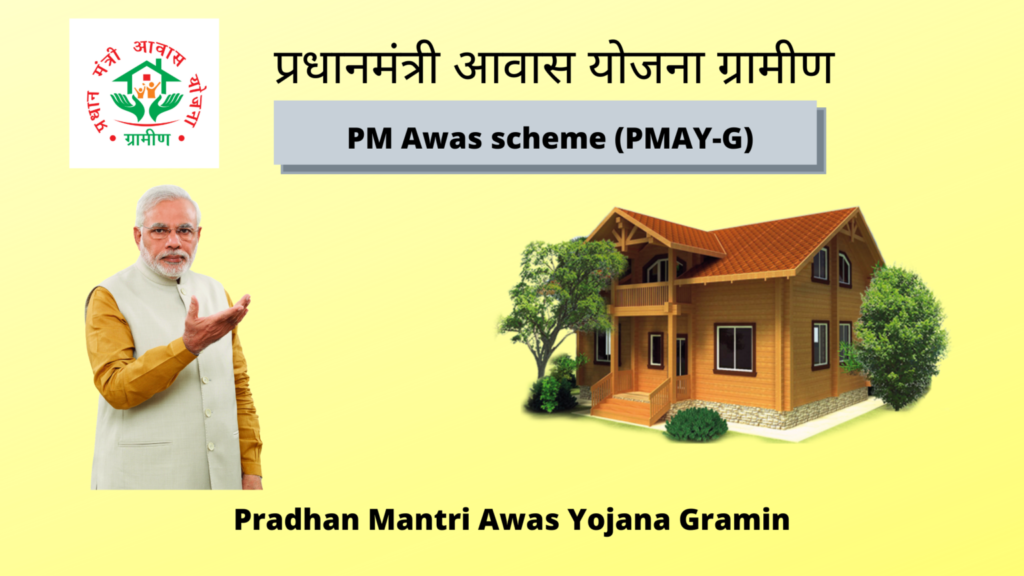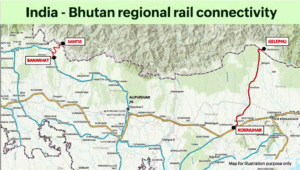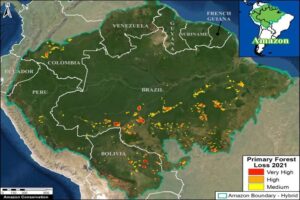
Why in News?
Ahead of the Union Budget 2025-26, several states, including those ruled by the Bharatiya Janata Party (BJP) and its allies, have demanded an increase in financial aid under the Pradhan Mantri Awas Yojana-Gramin (PMAY-G). The states have sought a revision in the unit assistance amount from ₹1.2-1.3 lakh per housing unit to ₹2-2.25 lakh per unit. The demand comes in response to rising construction costs and inflation, making it difficult to build quality homes under the existing financial allocation.
Introduction
PMAY-G is a flagship rural housing scheme launched by the Government of India to provide affordable and quality housing for the rural poor. Introduced in 2016, the scheme aims to achieve “Housing for All” by constructing 2.95 crore houses in rural areas. Over the years, the cost of construction materials and labor has increased, leading to demands for a revision in financial assistance under the scheme. In this context, the upcoming Union Budget for 2025-26 is expected to address these concerns, as multiple states have formally requested an increase in financial aid per housing unit to match current market conditions.
Point-wise Summary
- Demand for Increased Financial Assistance
- Over a dozen states, including BJP-ruled states and opposition-ruled states, have requested an increase in unit assistance for PMAY-G.
- They seek to raise the financial aid from ₹1.2-1.3 lakh per house to ₹2-2.25 lakh per house due to increased construction costs.
- This demand was raised in a meeting with Union Rural Development Minister Shivraj Singh Chouhan on January 3, 2025.
- Current and Proposed Financial Assistance
- Current allocation: ₹1.20 lakh per unit for plain areas and ₹1.30 lakh for hilly, difficult terrain, and Left-Wing Extremism (LWE)-affected districts.
- Proposed allocation: ₹2-2.25 lakh per unit to better reflect rising costs of materials and labor.
- Tamil Nadu, for example, already provides ₹2 lakh per unit under its own state scheme, which is much higher than PMAY-G’s current allocation.
- States Supporting the Demand
- BJP and ally-ruled states:
- Manipur, Tripura, Madhya Pradesh, Nagaland, Bihar, Andhra Pradesh, Assam, Gujarat, Haryana.
- Opposition-ruled states:
- Jharkhand (JMM-led), Punjab (AAP-led), Tamil Nadu (DMK-led).
- All these states argue that the current financial support is inadequate to build quality homes, particularly in rural and difficult-to-reach areas.
- Official Statements and Justification
- Rural Development Minister Giriraj Singh said that states have been consistently asking for an increase in funds.
- Singh pointed out that states like Tamil Nadu already offer higher assistance (₹2 lakh per unit) than PMAY-G.
- He questioned why PMAY-G should provide only ₹1.2 lakh per unit when Tamil Nadu is giving more.
- The Ministry of Rural Development has not yet responded officially to the states’ demands.
- PMAY-G Achievements and Targets
- PMAY-G was launched in 2016 with the target of constructing 2.95 crore rural houses.
- The Union Budget 2024-25 extended the scheme, ensuring completion of this target by 2026.
- The government aims to construct an additional 2.27 crore houses under PMAY-G by 2029.
- Past Budget Allocations and Decisions
- In Budget 2024-25, Finance Minister Nirmala Sitharaman had announced the completion of an additional two crore houses.
- Union Cabinet (June 10, 2024) approved the target of 2.95 crore houses under PMAY-G.
- Sitharaman’s Budget Speech (July 16, 2024): PMAY-G was allocated ₹54,500 crore.
- However, during Budget 2028-29, the financial assistance per unit was not revised, leading to growing dissatisfaction among states.
- Rising Construction Costs as a Concern
- Inflation in building materials (cement, steel, bricks) has made it harder for beneficiaries to complete houses within the allotted budget.
- Increased labor costs have further escalated expenses, making the current financial aid insufficient.
- States argue that without a funding increase, poor rural families will struggle to build houses under PMAY-G.
- Demand for Equal Allocation for All States
- Some states claim that hilly regions, flood-prone areas, and remote districts require more funding.
- The government had earlier increased assistance for hilly areas, but plain areas still receive lesser aid.
- States now demand uniformity in allocation, ensuring fair funding for all rural housing projects.
Key Terms and Their Explanation
- PMAY-G (Pradhan Mantri Awas Yojana-Gramin)
- A flagship rural housing scheme launched in 2016 to provide pucca houses (permanent homes) to the rural poor.
- The scheme targets families that are homeless or living in kutcha (temporary) houses.
- Unit Assistance
- The amount of money provided per housing unit under PMAY-G to beneficiaries to construct their homes.
- Union Budget
- The annual financial statement presented by the Finance Minister of India, outlining government spending, revenue, and fiscal policies.
- Left-Wing Extremism (LWE)-affected districts
- These are Naxal-affected areas that require additional government support for security, infrastructure, and development.
- Inflation in Construction Costs
- Rising prices of materials like cement, steel, bricks, and labor costs, making it more expensive to construct houses.
- State-wise Rural Housing Policies
- Some states have their own rural housing schemes that provide higher financial aid than PMAY-G (e.g., Tamil Nadu provides ₹2 lakh per unit).
Conclusion
The demand for increasing PMAY-G unit assistance reflects the rising costs of construction materials and labor. With states arguing that the existing ₹1.2-1.3 lakh per unit is insufficient, the Union Budget 2025-26 is expected to address this financial gap. The rural housing scheme remains crucial for India’s development goals, aiming to provide permanent homes to millions of rural families. The government’s decision on this funding hike will impact both state finances and the success of PMAY-G in achieving “Housing for All.”




